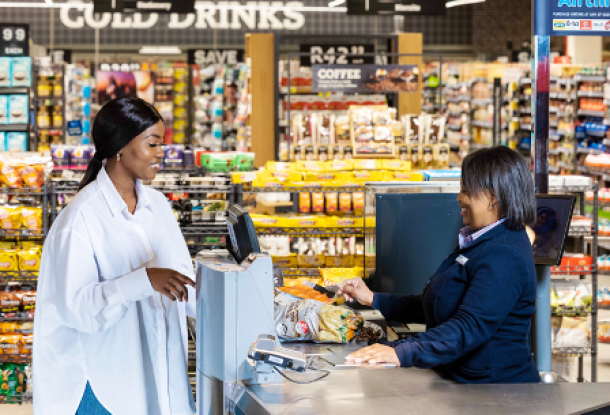Online vs in-store grocery shopping prices in South Africa
With South Africa’s VAT hike in full force, and the threat of higher prices on the back of rising fuel costs and a generally weak economy, some households may be tempted to turn to buying their groceries online to cut some costs.
Online grocery shopping in South Africa is still a relatively new market for most, where only two of the country’s major grocery retailers even offer the service.
According to research from GfK South Africa, while online retail is still in its infancy in South Africa, there is no indication that the market is slowing down any time soon.
Where South African e-retailers perform the strongest is in the technical goods sector – which makes up a significant portion of all items sold – while online prices tend to be around 5% cheaper than in store.
However, when looking at groceries online, previous research conducted by BusinessTech found that online and in-store prices for these items do not differ much, if at all – and when taking delivery fees into account, shopping online works out to be more expensive.
For 2018, we again price-checked a basket of goods and how much it would cost to buy in-store, and online at Pick n Pay and Woolworths. Here’s what we found:
Even disregarding delivery fees, in-store purchases ended up being slightly cheaper. This may be because of regional or store price differences, or promotions currently being run. With Woolworths, rice was on promotion at R6 off – if that is disregarded, it matches the online price.
Disregarding promotional prices, the basket prices differed by only R3.03 and R1.50 for Woolworths and Pick n Pay, respectively, and this came down to one or two items in the entire basket.
That is to say, the biggest price difference between online and in-store comes down to delivery fees.
Is buying online worth it?
The value of buying groceries online boils down to time saved and the convenience of not having to do the shopping yourself – but even then, there are some caveats.
The way online grocery shopping works is that once you’ve bought your items, you need to book a time slot for the delivery to take place in. These prices vary between R50 and R95 for Woolworths and R60 and R90 for Pick n Pay, depending on the day and time of day, and there is no fixed time for delivery – your package can come any time in the slot.
Another drawback is the margin of error – with packers given some leeway in selecting products, even replacing a favoured brand with something similar if it is not available (as an opt-in). Effectively, you can never be 100% certain what you’re going to get, or the state it will arrive in.
There could be an argument that rising fuel prices are making online shopping more appealing, but this would depend entirely on how far away you stay from your local Woolworths of Pick n Pay, and how heavy your car is on petrol.
Considering heavy (12km/litre), medium (17km/litre) and light (22km/litre) fuel consumption, at current petrol prices, you would have to live at least 15km away from your local shop for the delivery fee to make up for the petrol you would usually consume getting to the shops (there and back).
That leaves convenience as the main deciding factor – for effectively the cost of delivery, you can skip traffic, parking lots and the queues – but instead adopt other uncertainties like delivery times and the possibility of not getting exactly what you want.
News Category
- International retailers
- On the move
- Awards and achievements
- Legislation
- Wine and liquor
- Africa
- Going green
- Supplier news
- Research tools
- Retailer trading results
- Supply chain
- Innovation and technology
- Economic factors
- Crime and security
- Store Openings
- Marketing and Promotions
- Social Responsibility
- Brand Press Office
Related Articles
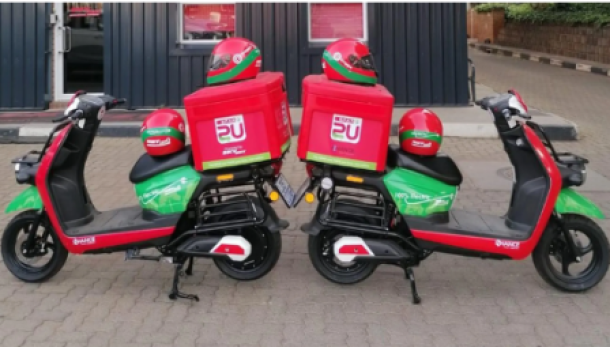
Two local businesses see a gap as food and groc...
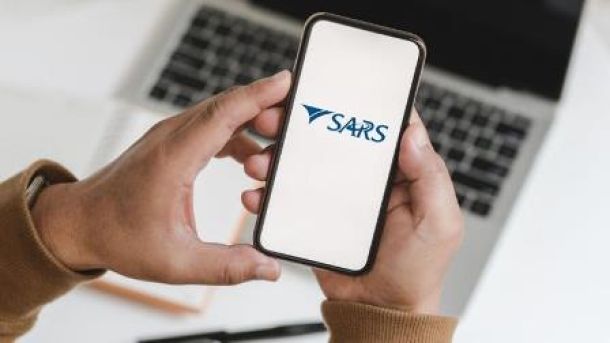
SARS launches WhatsApp channel to help check ta...
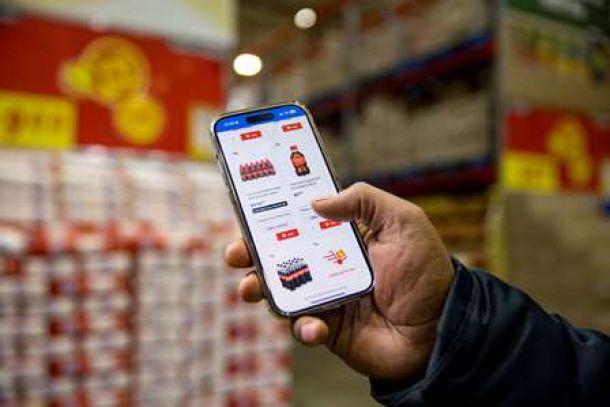
Shoprite launches online shopping and bulk deli...
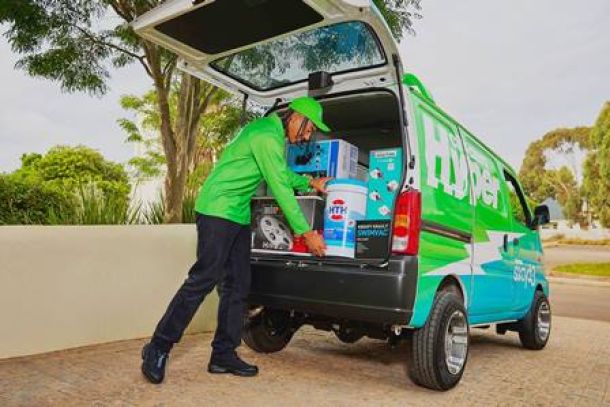
Sixty60 promises lightning-fast delivery of 10 ...
